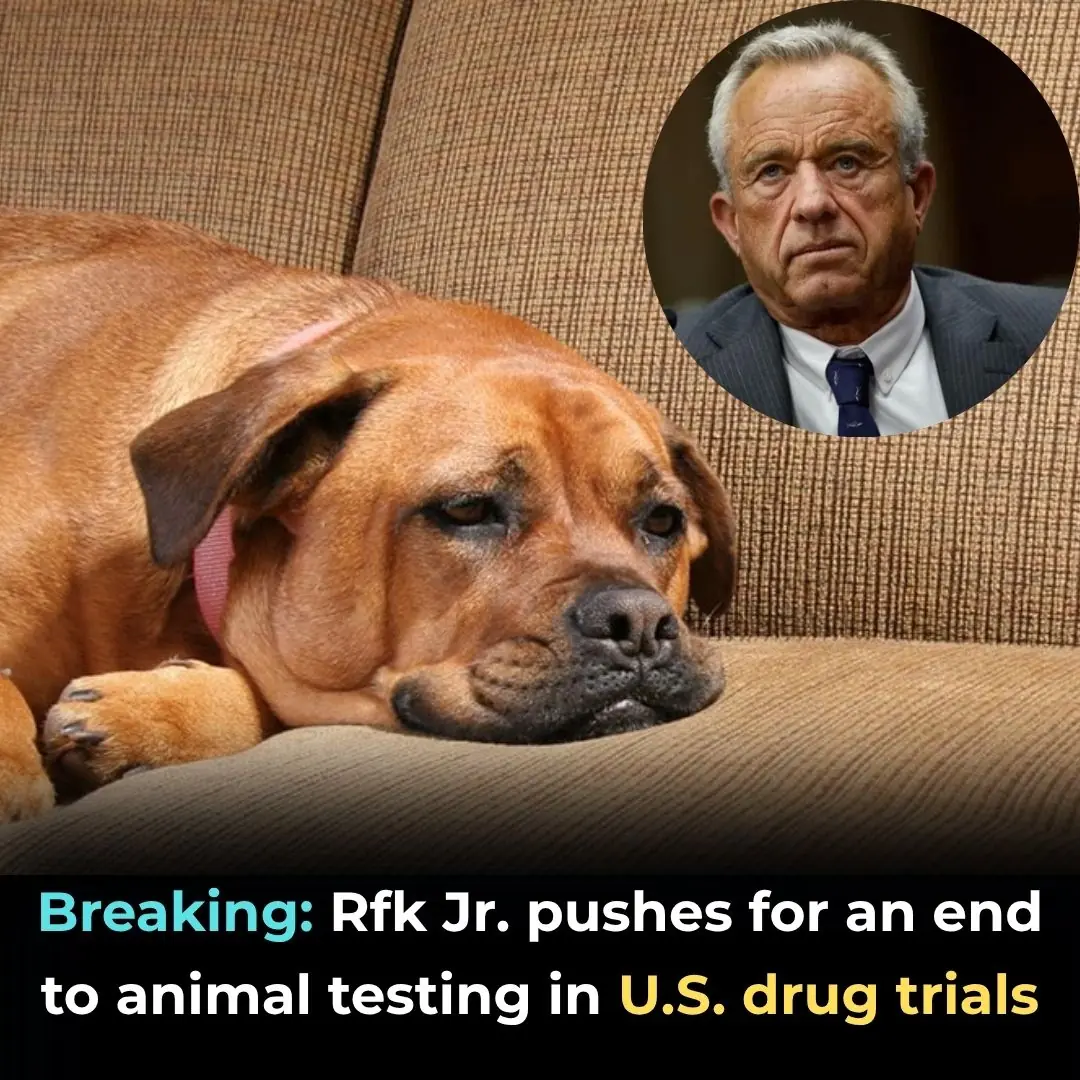
These organic burial pods will turn your body into a tree after you die

When Death Becomes Life: The Rise of Green Burials and the Human Desire to Return to Nature
In a world increasingly shaped by sustainability and innovation, even death is undergoing a transformation. A quiet revolution is emerging, challenging the centuries-old ritual of casket-and-concrete burials. In its place grows something both poetic and practical — organic burial pods that allow human remains to nourish a living tree. It’s a simple yet profound idea: that the end of one life can literally give rise to another.
The appeal of this movement reaches far beyond environmentalism. It taps into a deep, timeless yearning — the desire to remain connected to the living world even after our final breath. This isn’t about rejecting tradition; it’s about redefining it, building a bridge between mortality and renewal. For many, the thought of becoming a tree is not merely symbolic, but spiritual — a final act of giving back to the planet that sustained us.
The Concept: From Body to Tree
According to Earth Funeral’s explainer on tree pod burials, the process begins with a fully biodegradable capsule made of natural materials. The deceased — or their cremated remains — are placed inside in a fetal-like position, symbolizing rebirth. The pod is buried in the earth, and a young tree is planted directly above it. The act combines ancient reverence with modern ecological awareness, blending ceremony, symbolism, and science into one seamless ritual.
As the body decomposes, it releases nutrients that sustain the growing tree. Over time, a single burial site can evolve into a living grove — a forest of remembrance rather than a field of headstones. The idea originated in Italy with the Capsula Mundi project, designed by artists Anna Citelli and Raoul Bretzel. Their motivation was both artistic and ethical. “We wanted to rethink the way we approach death,” Citelli explained, “not as the end, but as a transformation.”
Today, similar projects are emerging worldwide — from the Living Urn in the U.S. to Bios Urn in Spain — each offering variations of the same vision: that our physical bodies can nurture life long after our consciousness departs.
How It Works: The Science of Natural Return
Traditional burials often involve embalming chemicals, sealed coffins, and concrete vaults that halt decomposition and pollute soil. Tree pod burials take the opposite approach — embracing the natural microbial breakdown that turns tissues into the organic compounds all living plants depend on. When absorbed by nearby roots, these compounds provide nitrogen, phosphorus, and carbon — essential nutrients that sustain growth.
Earth Funeral emphasizes that their pods are made of renewable biomaterials that degrade safely, completing what ecologists call a closed-loop process, where nothing is wasted and everything returns to the ecosystem. Even cremated remains — typically too alkaline and nutrient-poor to support plant life — can be rebalanced. Modern systems mix ashes with organic soil enhancers to create a more life-supporting medium, ensuring the tree thrives.
This marriage of science and symbolism transforms the ancient cycle of decay into something deeply personal — a scientifically sound return to the earth that also carries emotional and philosophical weight.
Why More People Are Choosing Green Burials
The movement toward natural burials is driven by both ecological responsibility and emotional meaning. The Green Burial Council, a non-profit promoting sustainable funeral practices, reports a surge of interest across North America and Europe. Their studies suggest that green burials can save over a ton of carbon dioxide per person, compared to traditional embalming or cremation. When multiplied by millions, that’s an enormous collective impact.
Cost is another factor. Conventional funerals often cost $8,000 to $15,000 and use large quantities of steel, hardwood, and concrete. A natural burial typically requires only a biodegradable shroud or pod — no chemicals, no ornate materials — reducing both financial and ecological strain. More importantly, it allows one’s final act to nourish life rather than consume resources.
For grieving families, this approach feels authentic. They find comfort in the thought that their loved one’s essence now helps sustain a forest, shelter wildlife, and give oxygen back to the world. A 2022 survey by the National Funeral Directors Association found that nearly 60% of Americans are interested in eco-friendly funeral options — double the number from just a decade earlier. The younger generations, raised amid climate crises and sustainability movements, are redefining not only how we live, but how we wish to be remembered.
The Environmental Impact: A Quiet Act of Regeneration
The environmental toll of the traditional funeral industry is surprisingly large. The U.S. alone uses an estimated 4.3 million gallons of embalming fluid each year, along with 1.6 million tons of concrete for vaults and burial structures. These materials can leach toxins into groundwater and contribute to greenhouse gas emissions.
Tree pod burials, by contrast, represent a form of carbon-negative memorialization. A single mature tree can absorb roughly 48 pounds of CO₂ annually, and when thousands of such memorial trees are planted, they become living carbon sinks. Over time, entire “memory forests” could play a measurable role in restoring ecosystems degraded by urbanization or deforestation.
In the Pacific Northwest, Earth Funeral operates protected green cemeteries where GPS markers replace headstones and families visit lush groves rather than stone rows. In the United Kingdom, the Woodland Burial movement has created similar sanctuaries that double as wildlife corridors, restoring native biodiversity. Each burial, small as it may seem, contributes to a broader ecological mosaic of regeneration.
Challenges and Ethical Considerations
The path toward universal acceptance of natural burials isn’t without hurdles. Laws regulating the handling and burial of human remains vary by country — even by state or municipality. Some regions require zoning changes, specific burial depths, or environmental assessments before natural cemeteries can operate.
There are also cultural and religious factors. Many faith traditions emphasize body preservation or specific rites, which may conflict with rapid decomposition. However, religious scholars have increasingly noted that the essence of most spiritual teachings — humility before nature and the return of the body to dust — aligns closely with the philosophy of green burial.
Scientific and environmental reviews generally find negligible risk of groundwater contamination when sites are properly managed. Nonetheless, ongoing transparency, regulation, and community education will be essential to build trust. In 2023, states like Washington and Oregon passed legislation to streamline the licensing of natural and composting burials — a sign that the legal system is beginning to adapt to new ecological values.
A Tree as Legacy: When Philosophy Meets Practicality
Beyond science and policy lies something profoundly personal. To become a tree is to enter a kind of immortality — not as a preserved body, but as part of a living system. Families no longer visit a gravestone but a grove. Children can play beneath branches that once drew sustenance from their grandparents’ remains. The experience reframes mourning as participation — an act of tending rather than simply remembering.
In many Indigenous and ancient cultures, death was always seen as a return to the Earth’s cycle. Modern eco-burials are, in many ways, rediscovering this wisdom. Psychologists have observed that participating in environmentally positive death rituals can ease grief, replacing a sense of loss with connection. Planting and nurturing a memorial tree creates an ongoing bond — one that grows stronger each season.
Rethinking the End — or Perhaps the Beginning
Tree pod burials invite a radical reimagining of what it means to leave a legacy. Instead of marble monuments and manicured lawns, they offer forests, soil, and sky. Instead of finality, they offer continuity.
Whether or not this practice becomes the new norm, its symbolism is undeniable. In choosing to become a tree, people are expressing a quiet hope — that even in death, they can help the Earth breathe a little easier. Environmental journalist Richard Louv once wrote, “The more high-tech our lives become, the more nature we need.” Perhaps the same is true for how we die.
In the end, returning to the soil may not just be a green alternative — it may be the most deeply human act of all.
News in the same category


Tragus Piercing What Does It Mean
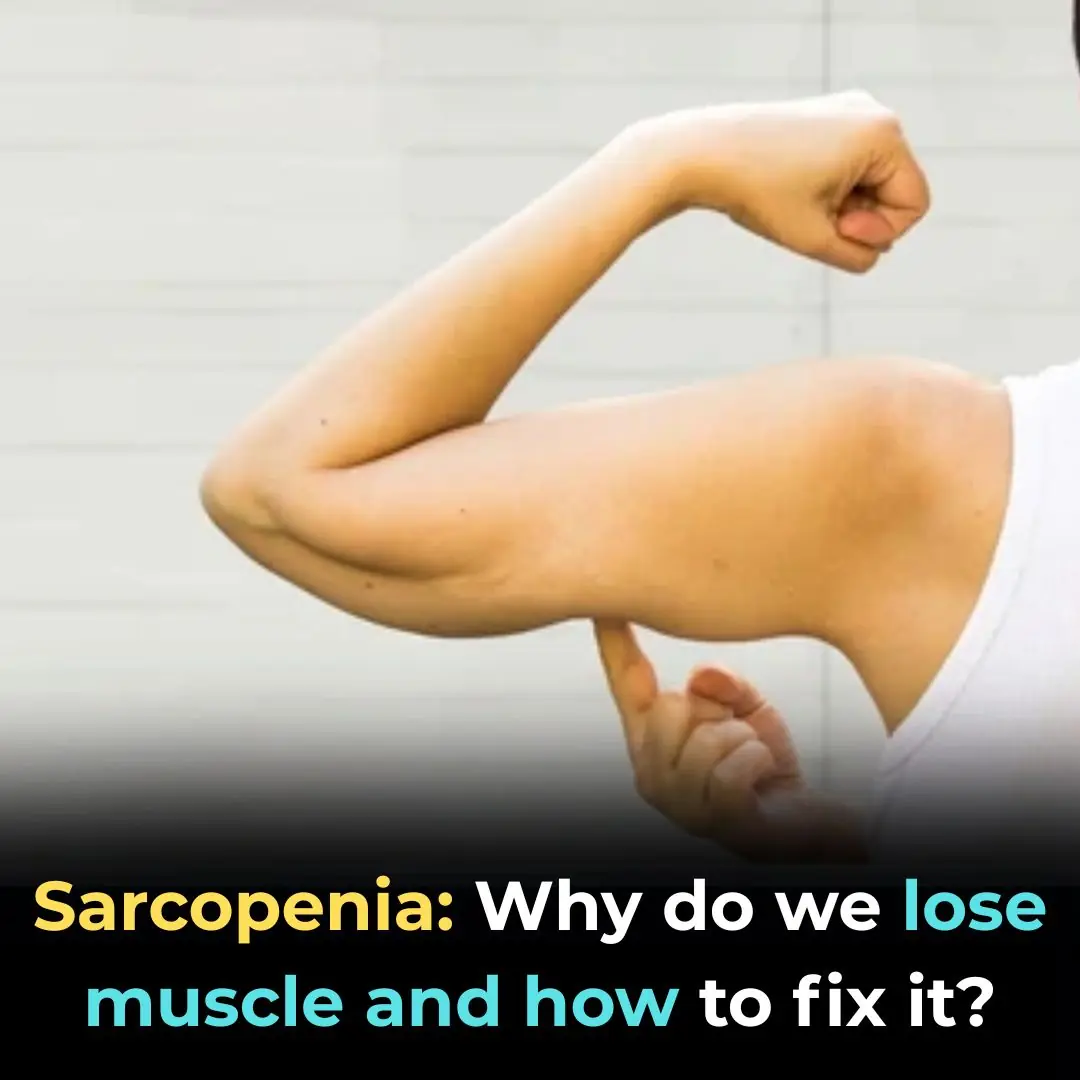
💪 Sarcopenia: Why Muscle Loss Happens & How to Fight It (After 50)
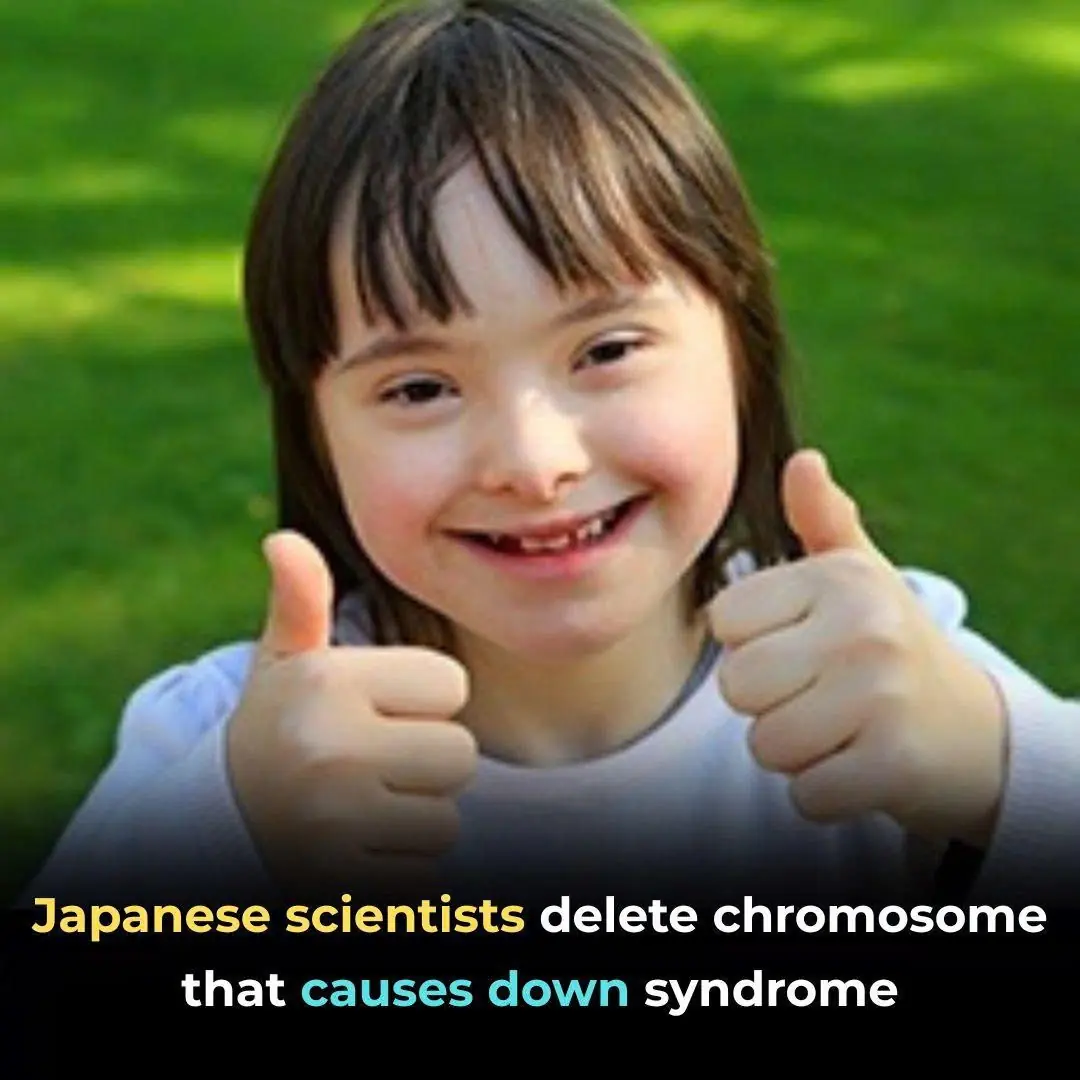
Japanese scientists delete chromosome that causes down syndrome

Princeton Just Changed Higher Education Forever: Families Earning Under $250K Won’t Pay a Single Dollar in Tuition

8 Signs That Two Souls Are Connected, No Matter The Distance

Can you spot the book, egg, cup, and pillow?

Inside Sweden’s Cashless Future: Thousands Opt for Microchip Implants
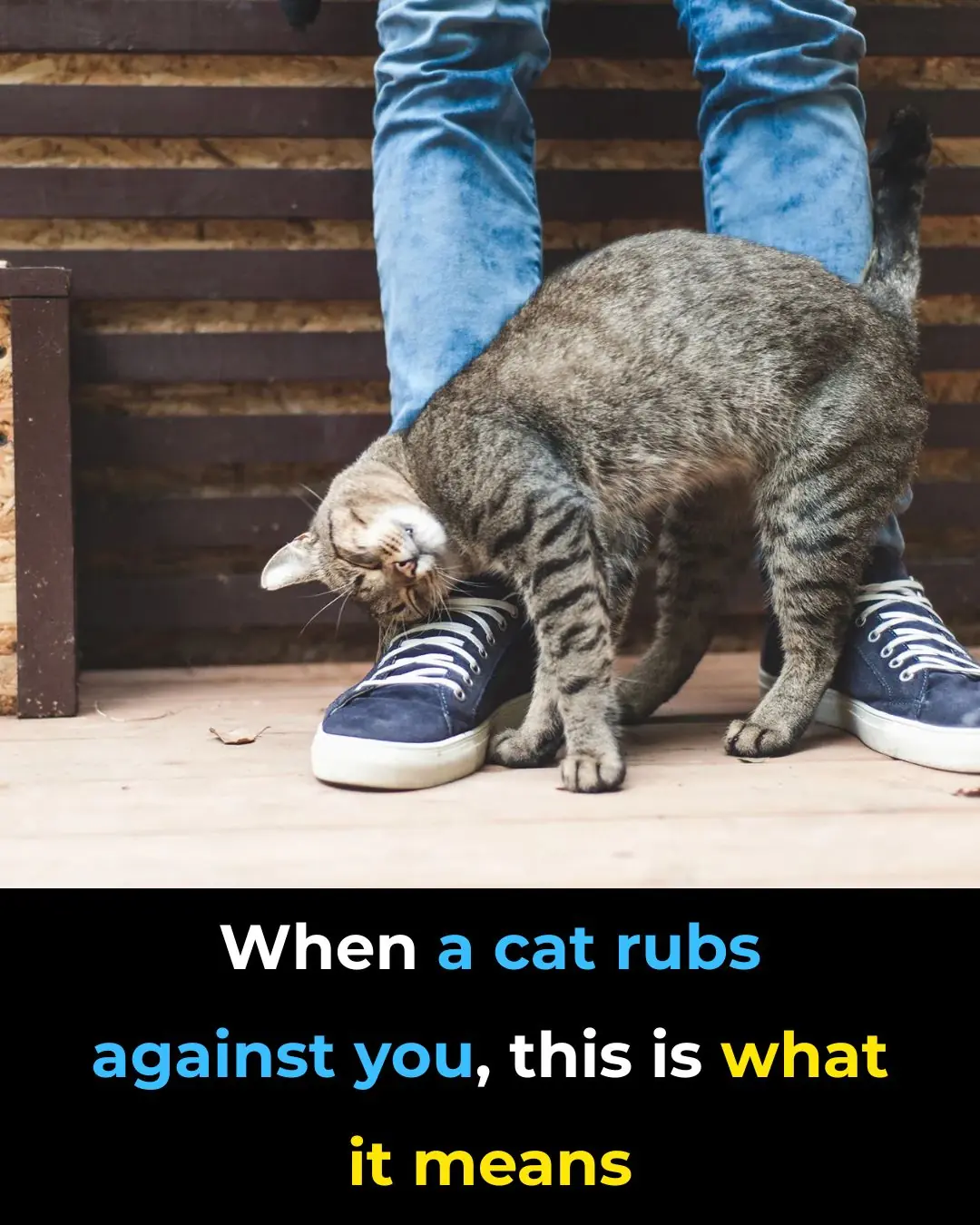
When a cat rubs against you, this is what it means

Zodiac Signs Most Likely to Have Prophetic Dreams

What Your Pile of Dirty Dishes Might Really Be Saying About You

Scientists Claim Black Hole Could Explode in the Next 10 Years—with 90% Certainty

9 Signs Your Partner Is Trying To Get Closer To You That You Might Not Realize
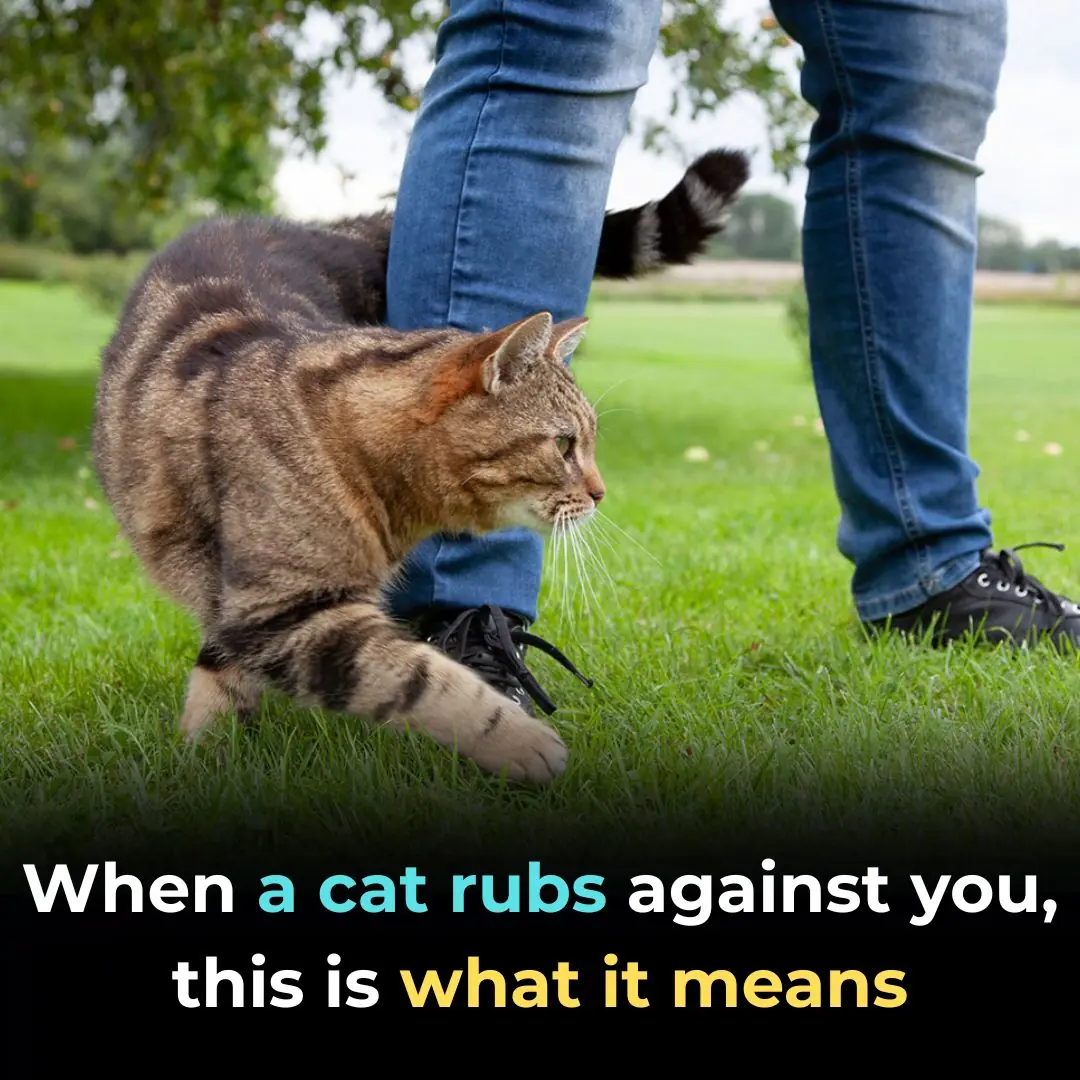
When a cat rubs against you, this is what it means

WHAT HAPPENS WHEN WE TONGUE KISS…See more

What makes a man leave his wife for another woman
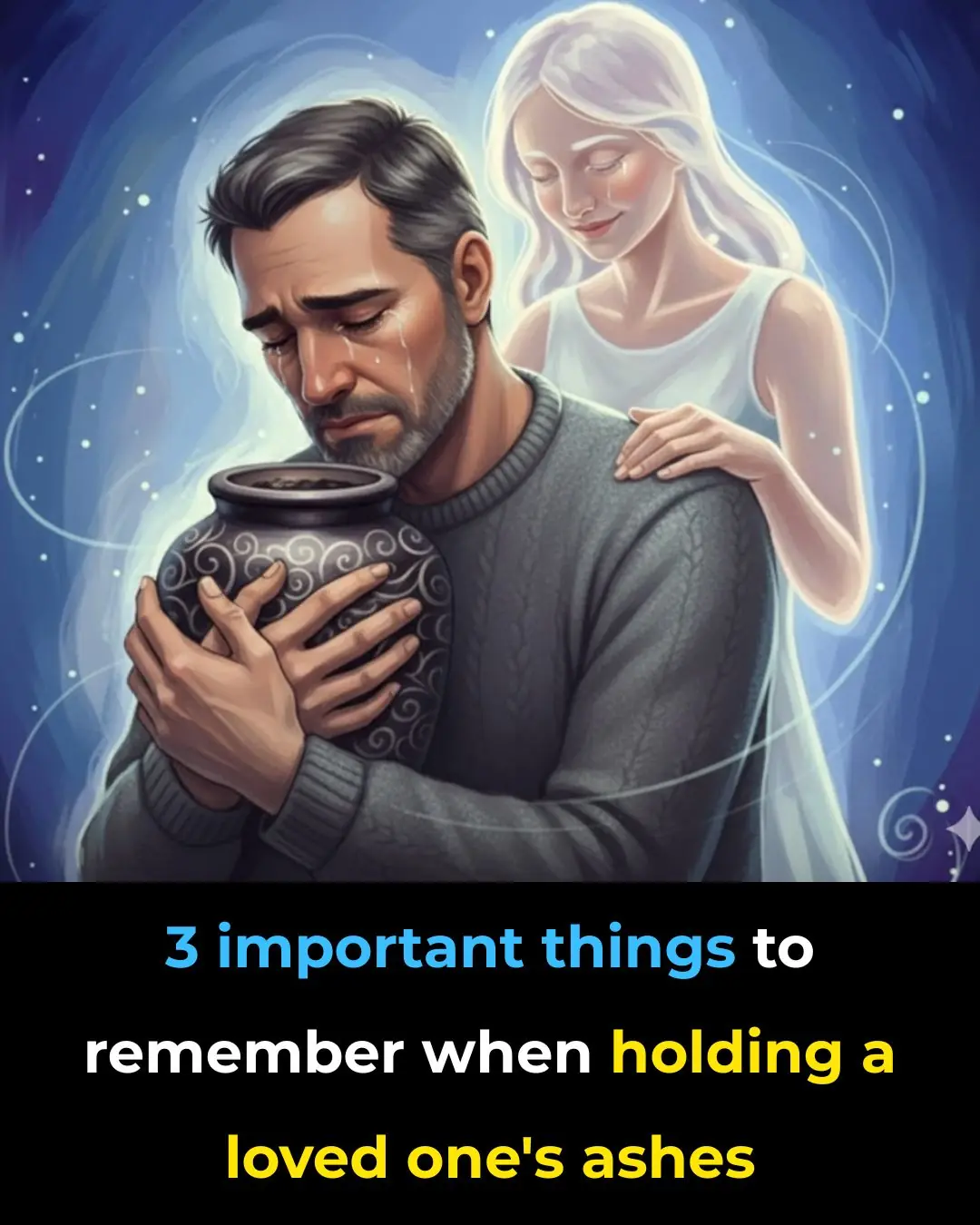
How to Hold and Handle an Urn with Ashes: 3 Things You Should Always Remember
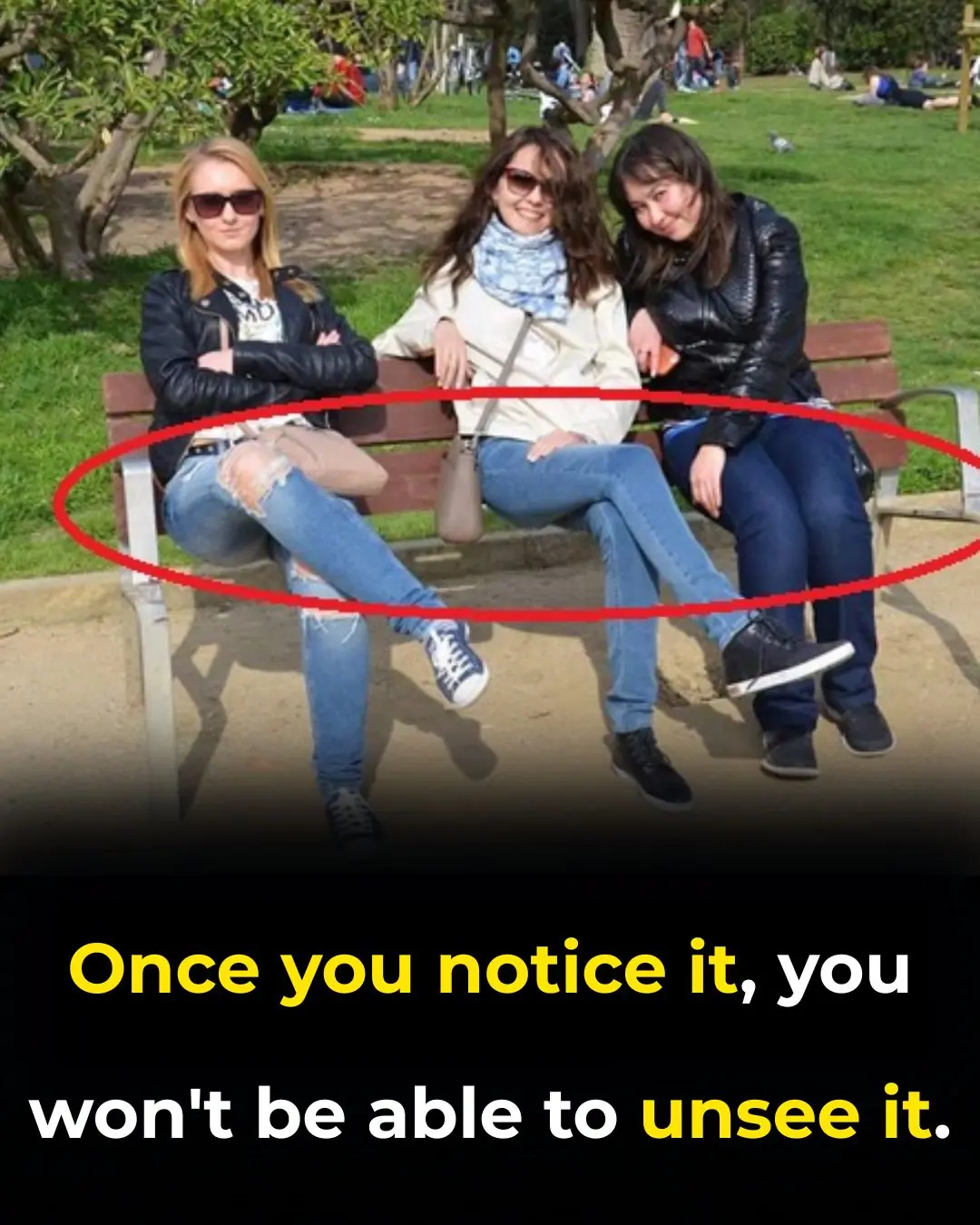
Can You Spot The Problem With This Picture
News Post

Shrimp injected with impurities is easy to distinguish: Smart people will see this point

Tips for cleaning an air fryer without scrubbing and still clean as new
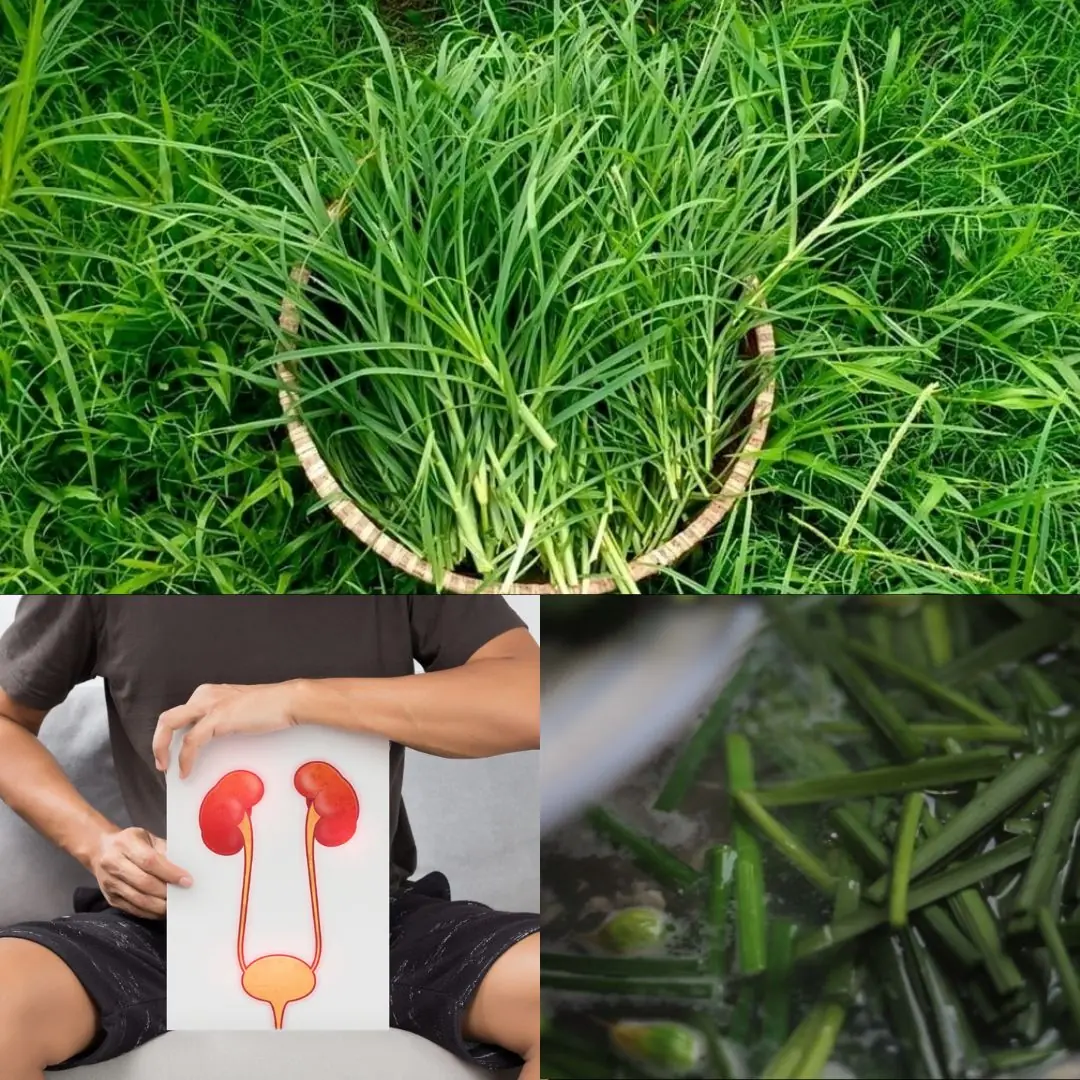
25 Incredible Health Benefits of Goosegrass

The water pipe is clogged, just blame this and it will be solved easily, no need to waste money calling a plumber.

How to clean the bathroom easily and effortlessly: It will stay clean and fragrant all week long

Simple tips for making crispy roast pork skin without much effort: Golden brown, crispy skin like in restaurants

How bathing too often can affect your health

Dirty sofa, do not use wet towel to wipe: Use this to clean it, it will not be damaged
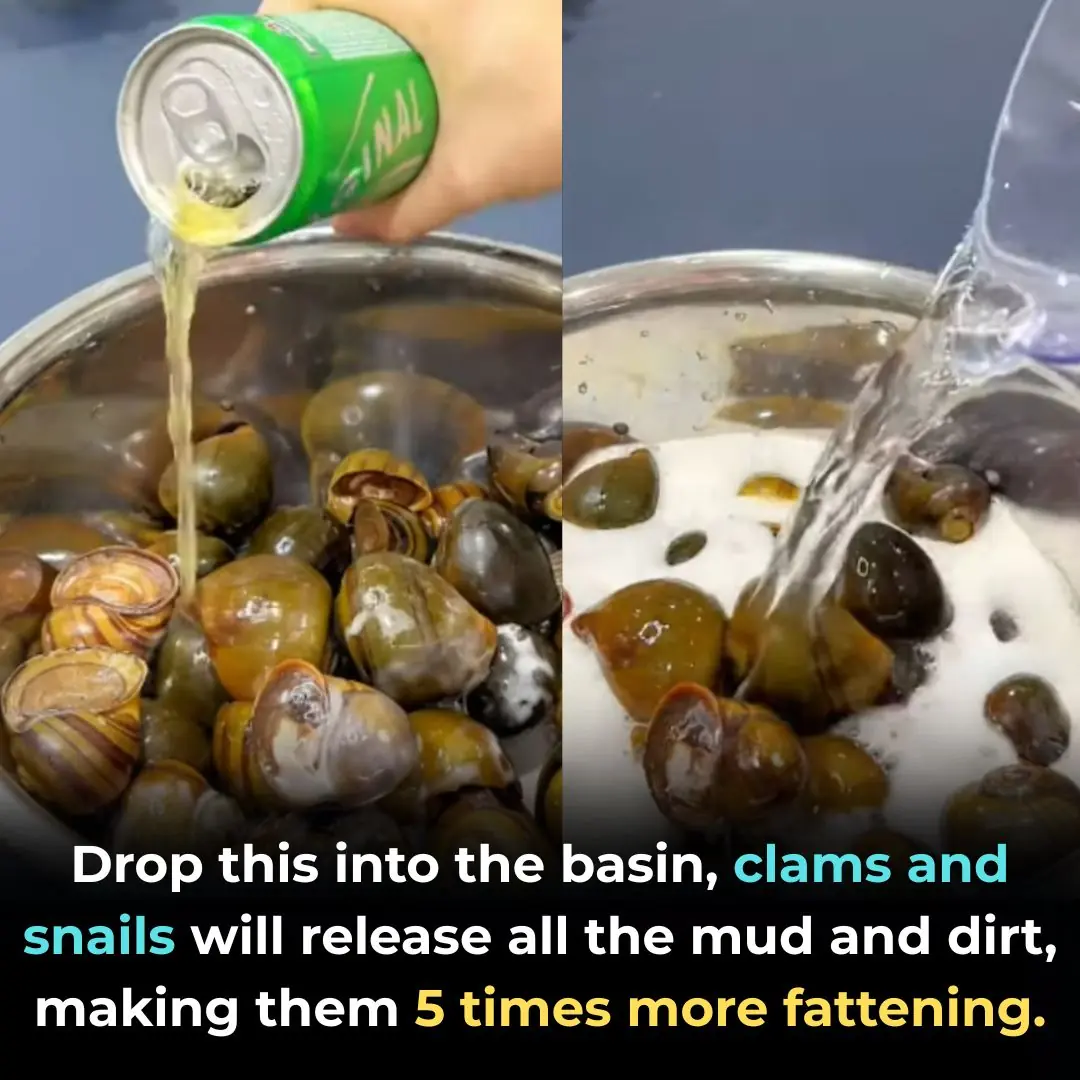
Drop this into the basin, clams and snails will release all the mud and dirt, making them 5 times more fattening.

Tips to avoid blackening pots when using gas stoves: Very simple, everyone should know
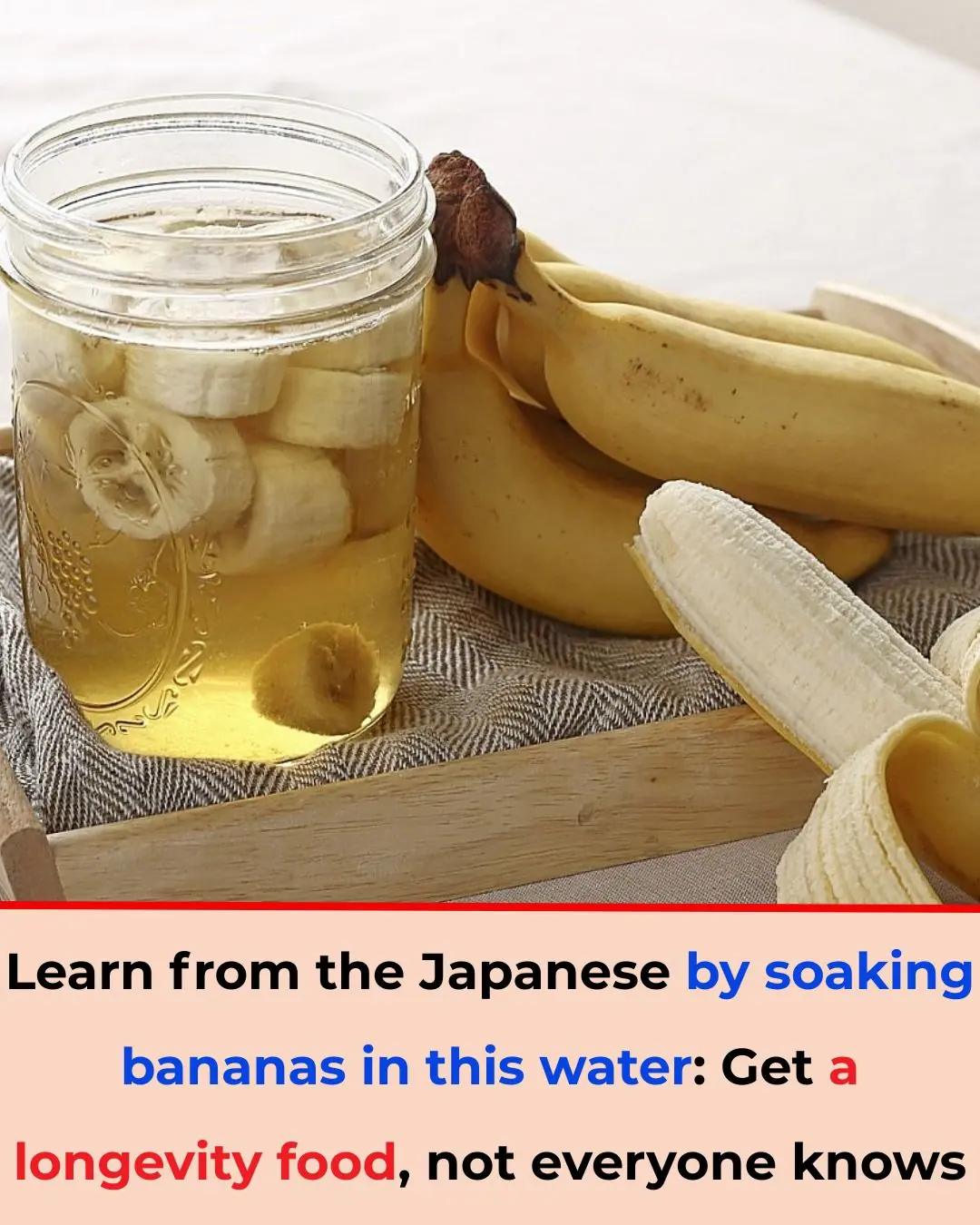
Learn from the Japanese by soaking bananas in this water: Get a longevity food, not everyone knows

Did you know that if you get spots on your hands it means you have
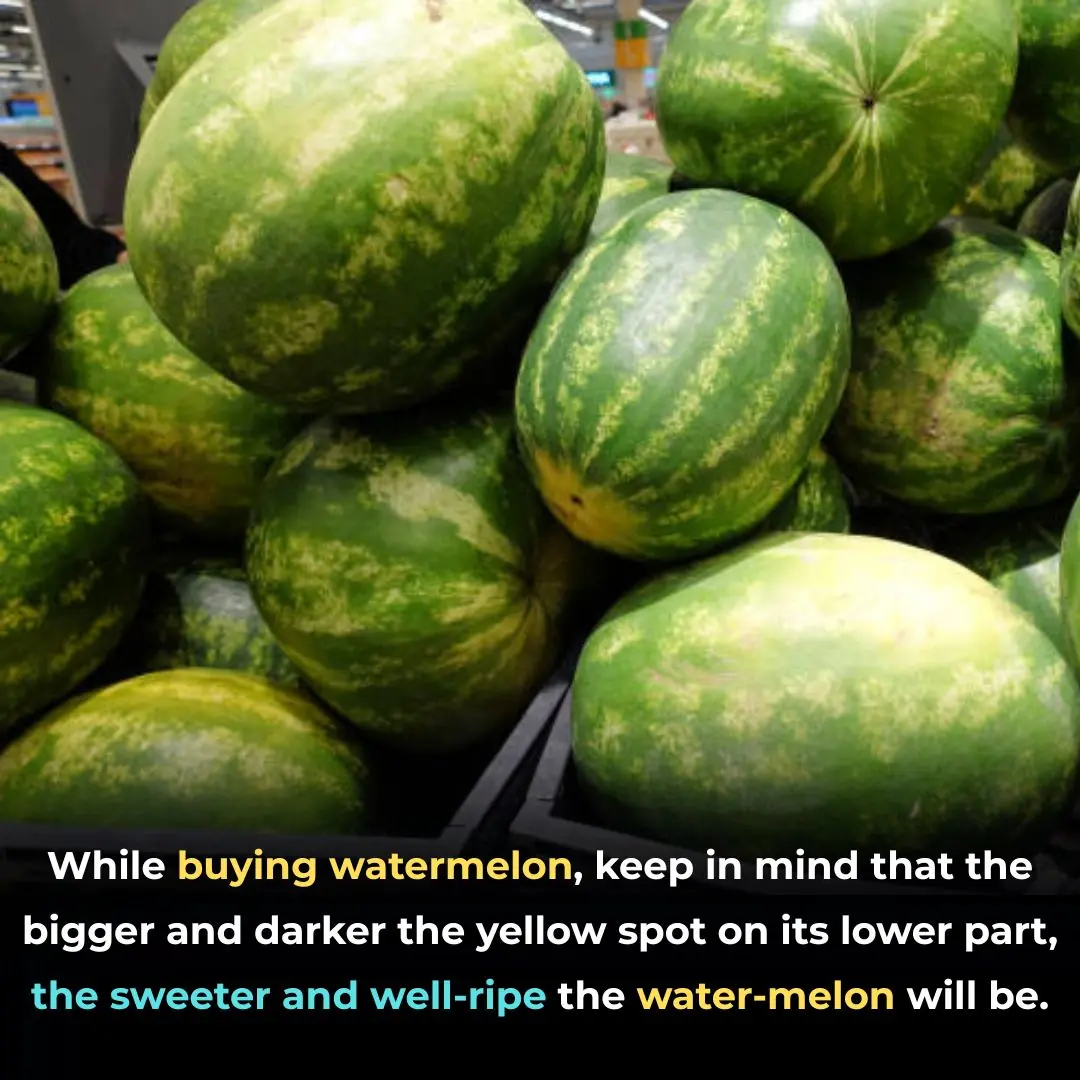
See why and how to choose melon effectively...

You are doing it all wrong. Here's the right way to clean stainless steel

Should You Throw Toilet Paper in the Toilet or in the Trash?

You are doing it all wrong. Here's the right way to clean your windows

Discover Love in the Little Things: Everyday Connections

Add This to Your Mopping Water – Your Floors Will Shine Like New and Stay Dust-Free for a Whole Week

Hidden Smartphone Tricks You Didn’t Know About
